The Sabbath dawned quiet in Tiberius.
As advised one lift in the hotel would be a ‘sabbath lift’, meaning it did not require buttons pushed and would stop at every floor. As we are on level 12 it took a while to get down to the restaurant, back up to brush teeth, then down to the bus…
Leaving Tiberius was expected to be easy as the roads were empty, but then some locals had blocked their streets to enforce ‘Sabbath Rest’ in their neighbourhood, so our bus driver had to find alternative routes to get out of Tiberius. Tiberius is noted as a ‘religious town’.
Our first stop was much anticipated: New Testament Bethsaida. This often mentioned fishing town was long sought for on the lake shore but not found. Inevitably some then speculated its existence was a textual or narrative fabrication! That was until it was discovered – a kilometre or so from the lake and at some height too. Some event had ended this town in a moment leaving fishing nets lying spread out, and uneaten food left behind. That points to a powerful earthquake repositioning the town in relation to the lake.
This was a town that Jesus performed many wonders in but these miracles did not lead to a response in faith, see Luke 10:13, “Woe to you Bethsaida…”. We were able to walk in through the town’s defensive gates where the wise men of the town once sat to be consulted. King David himself established this town in the 10th century BC and according to 2 Samuel 18:24 once sat here himself ‘between the two gates’.
From Bethsaida it was a long drive over the Golan Heights to Northern Israel below Mount Hermon. Our destination was the the context of the conversation Jesus had with Peter reported in Mark 8:27-30 and elsewhere. This was the area where Jesus asked the disciples: “But who do you say I am?”
I have preached on this passage several times through three decades but today it switched into a technicolour depth of clarity as I saw the grotto which was considered the ‘Gates of Hades’. This grotto/cave had become a shrine to the Greek god Pan, along with others. This is Caesarea Philippi [map], a long way from Galilee up in very well watered hill country against the Lebanese border.
The grotto once had water gushing up out of it and was in my words, ‘a liminal place’, where hades, as the Greeks understood hell, broke into [or leaked into?] human experience. This was the gates of hell for pagans and an image Jesus referred to in promising Peter that the church of Jesus would prevail against the gates of hell. This provided an astounding insight into what Jesus said to Peter. I have a lot of research to do after this! The land of the Gospel was speaking to me, amplifying the spoken Gospel of the scriptures.
From the former land of Pan we drove to the far north near the border with Lebanon to Tell Dan. This brought us into sites of Old Testament significance.
Upon entry to Canaan the tribe of Dan were assigned new lands in the far north by Joshua. In Judges 18 we read that they took over Laish which became known as Dan. This was one of those place which reverted to worship on the high places as Yahwism reverted to worship of Bulls. The high place of Dan has been excavated.
From Tell Dan a climb up and around the hill brought us to a Canaanite Gate of baked mud construction familiar to Abraham [photo below].
This was a profound day north of Galilee for touching places Jesus visited 2,000 years ago and plummeting into the Old Testament site dating back to 4,500 years ago – all in the same vicinity. These were places known to Abraham and to Jesus.
The day ended with a swim in Lake Galilee (otherwise known as Genesaret, or the Sea of Tiberius). A perfect end to an unforgettable day.
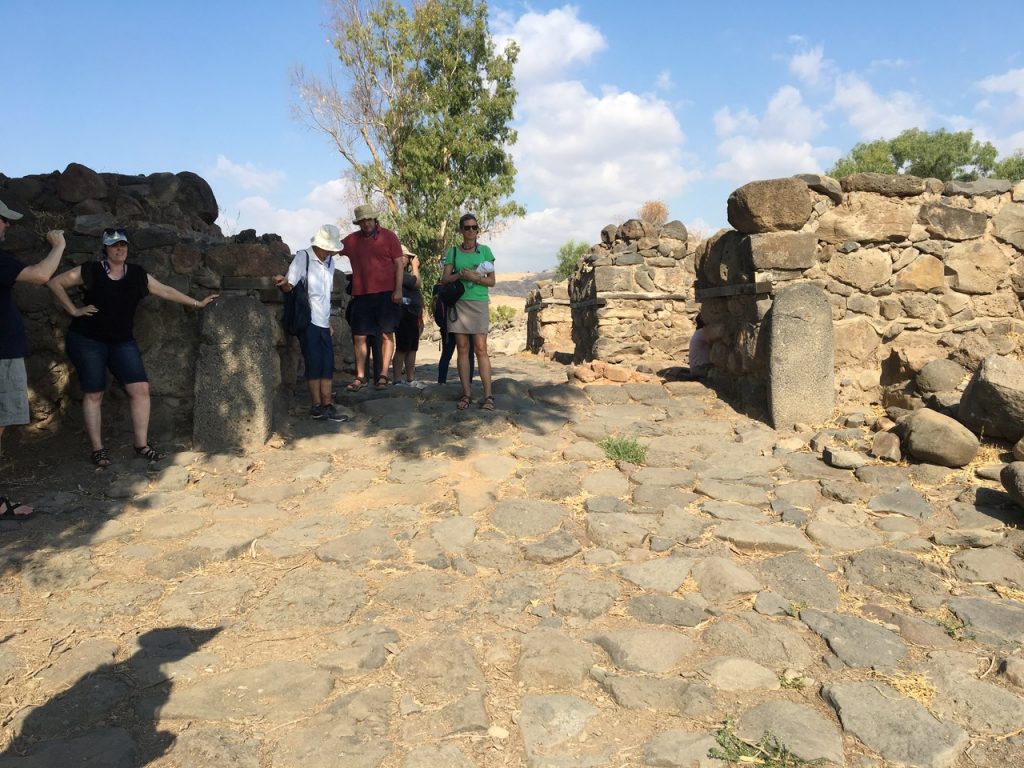
The first gate of Bethsaida. The view shows how the main street processes past the foundations of towers and more gates. 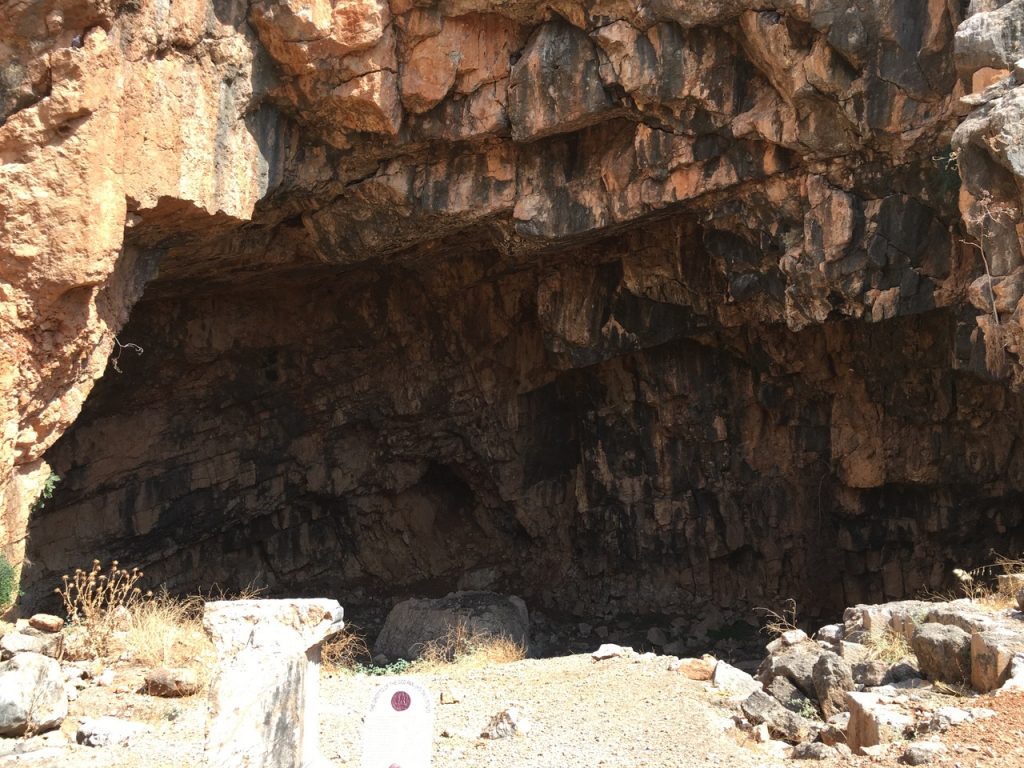
The Grotto of Pan, known also as the Gates of Hades. 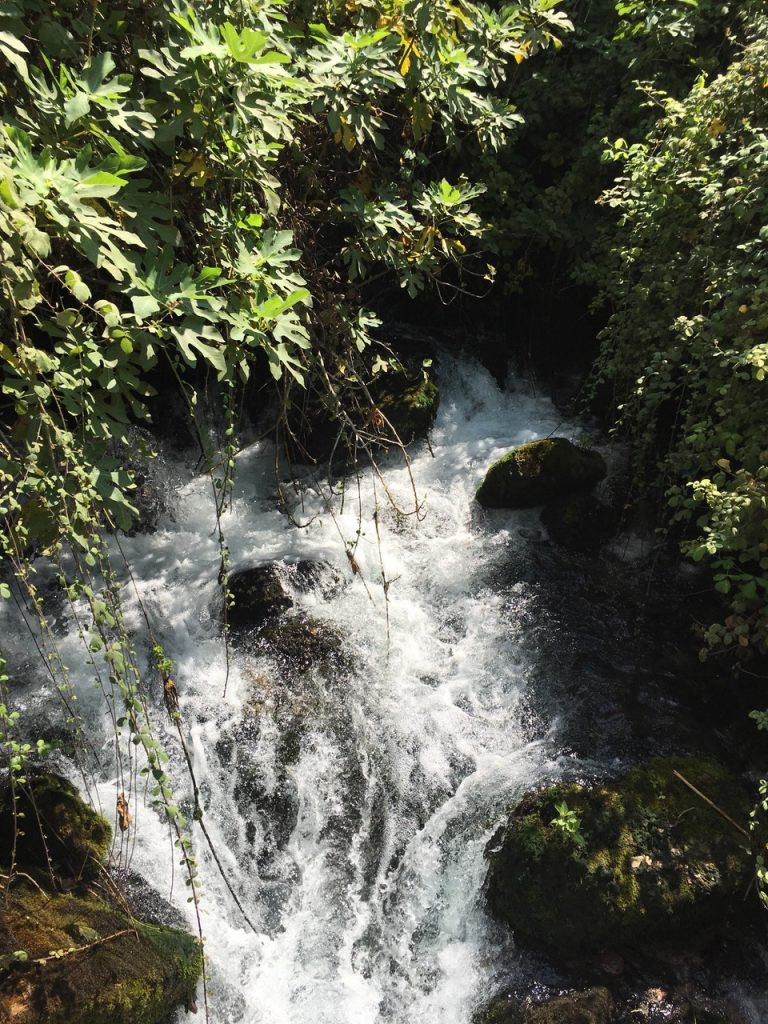
There are several springs that provide abundant clean water around the Pan Cave. These form part of the source of the Jordan river and provide abundant water in this hilly and forested region. 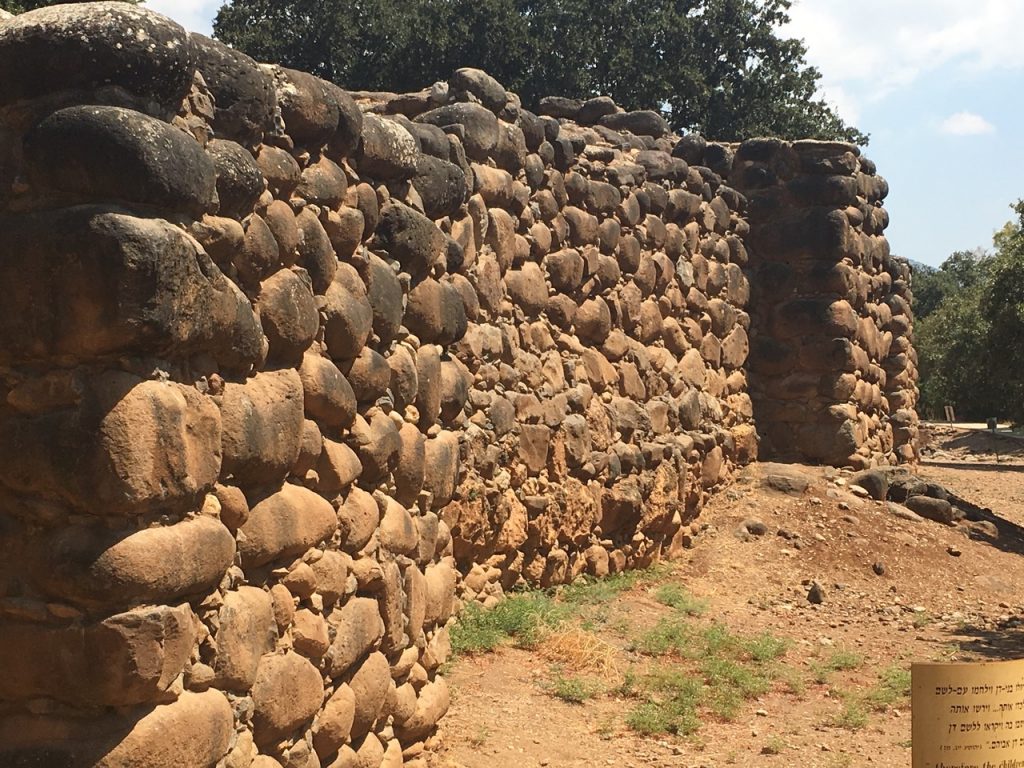
These walls of large natural stones are the first defensive walls of Laish which became Dan. 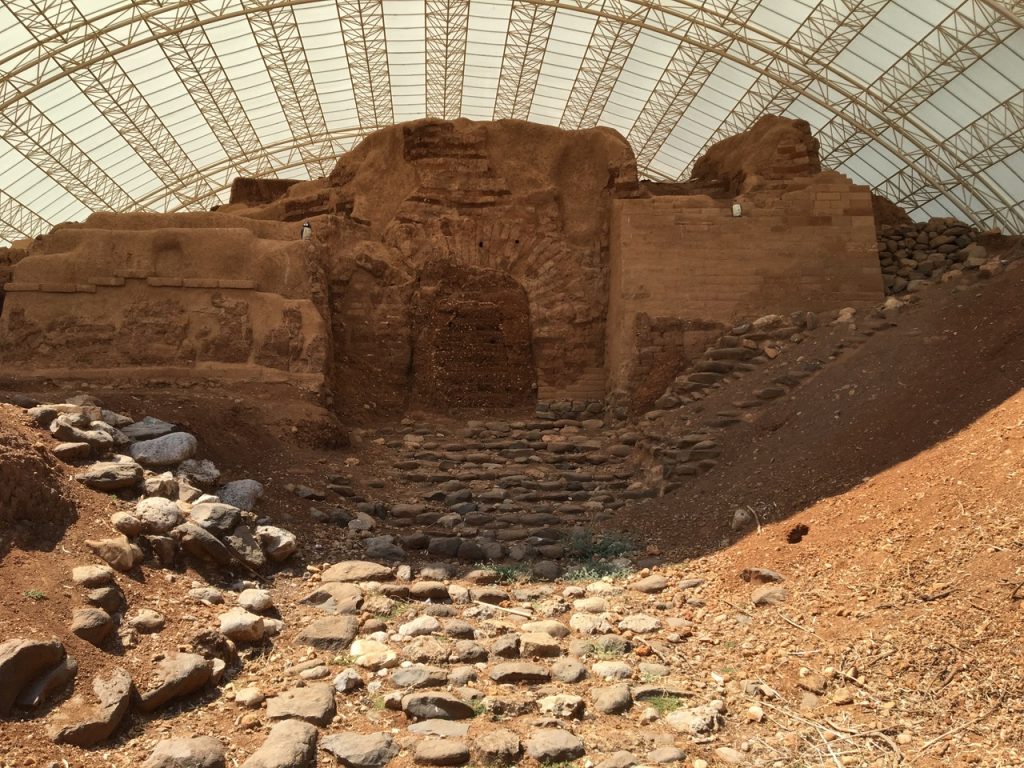
This Canaanite gate of baked mud blocks would have been visited by Abraham. That is about 400 years earlier than the conquest by the tribe of Dan.
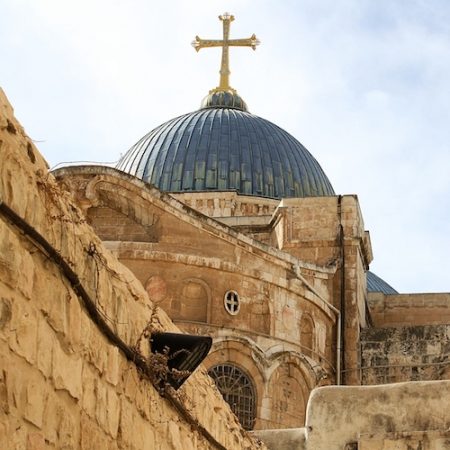
One Comment
Nice map!
Commenting has been turned off.